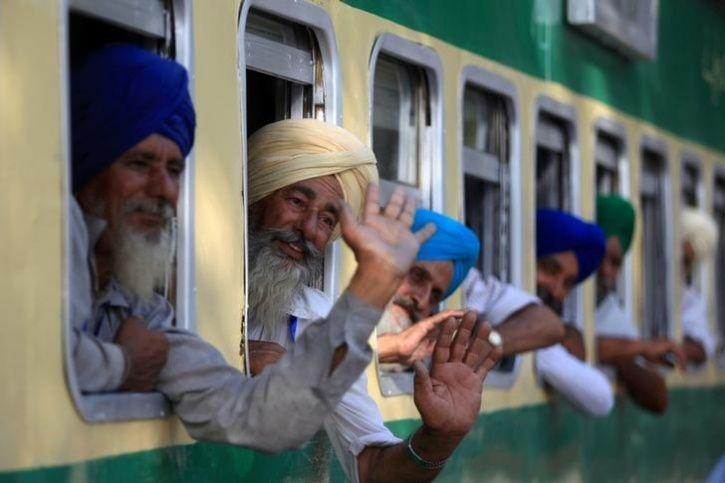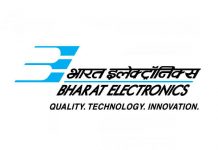Indian Railways’ Switch To New Tech In Oct Means 4 Lakh More Seats Everyday For Passengers.

Starting October this year, Indian Railways’ switch to new technology could spell great relief for passengers.
As opposed to drawing power from power cars that has been happening thus far, this new technology will help generate power from engines for the purposes of air-conditioning and lighting, claim senior officials.
This means that over four lakh additional berths would be available to passengers everyday from October.
The electricity that is supplied to coaches currently is produced in End on Generation (EOG) which is a diesel generator and which is placed in the couple of power cars at the end of each train in LHB rake.
Head on Generation (HOG), the new technology, is used around the world. With it, the power supply is drawn from overhead power lines and then supplied to train coaches. According to officials, by October 2019 more than 5,000 coaches of the Indian Railways will operate on HOG.
A power car requires 65-70 litres of diesel every hour for an AC coach while 40 litres of diesel per hour is required by non- AC coach. One litre of diesel gives out 3 units of electricity so a non- AC coach utilises about 120 units of electricity every hour.
The new technology of Head on Generation is eco-friendly. It is going to cause no air or noise pollution according to officials. It will also reduce carbon emissions significantly by up to 700 MT per year, per train!
An official reportedly said, “In regular practice, two power cars equipped with Diesel Alternator sets are placed at either ends of the rake run in for example every Shatabdi Express. After we move to the HOG system, there is need of only one power car for standby purpose only.
“Another power car can be removed and replaced with an extra passenger coach without increasing the train length. Once all LHB coaches are on this system, we have calculated an increase of more than four lakh berths everyday through this and thus additional revenue as well.”
This is a welcome move. Not only will it create more space for passengers, solving commutation problems for thousands of Indians but will be more environment friendly. A lot can be done with the Rs 6,000 crore that will be saved as a consequence of introducing this technology.






























